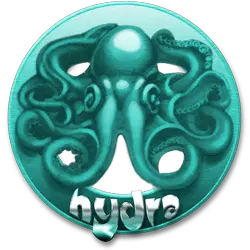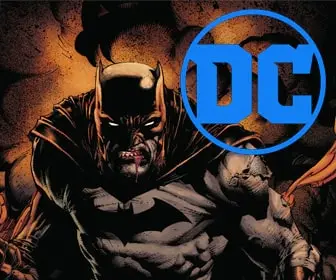
The Art of 1990s Hand-Drawn Anime: A Journey Through Time
The 1990s marked a golden era for anime, characterized by meticulous hand-drawn artistry, compelling storytelling, and a distinctive aesthetic that continues to captivate audiences today. This period saw the rise of iconic series and films that not only defined the decade but also left an indelible mark on the animation industry.
The Craftsmanship of Cel Animation
At the heart of 1990s anime was the traditional technique of cel animation. Artists painstakingly drew each frame on transparent celluloid sheets, layering characters over intricately painted backgrounds. This method allowed for a depth and richness in visuals that digital techniques of the time couldn’t replicate. The layering process enabled animators to create dynamic scenes with a sense of movement and space, bringing stories vividly to life.
Iconic Series and Their Impact
Several anime series from the 1990s have become cultural touchstones:
- Sailor Moon: Reinvigorated the magical girl genre with its dynamic heroines and action-oriented plots. Its success led to a surge in similar series and played a pivotal role in introducing anime to a global audience.
- Berserk (1997 TV series): Known for its dark themes and complex characters, this series showcased the potential of anime to tackle mature and intricate narratives.
These series, among others, demonstrated the versatility of anime in exploring diverse genres and themes, from fantasy and science fiction to psychological drama.
The Aesthetic Appeal of 90s Anime
The visual style of 1990s anime is distinct and easily recognizable. Characters often featured large, expressive eyes, vibrant hair colors, and unique fashion choices. The use of bold lines and limited shading gave the artwork a crisp and clean appearance. Backgrounds were richly detailed, often painted with a level of care that added depth and atmosphere to each scene.
Transition to Digital Techniques
Towards the late 1990s, the anime industry began integrating digital technologies into the animation process. While traditional cel animation remained prevalent, studios experimented with computer-generated imagery (CGI) to enhance visual effects and streamline production. This hybrid approach allowed for more complex scenes and introduced new possibilities in storytelling.
Cultural Impact and Legacy
The 1990s were instrumental in establishing anime as a global phenomenon. Series like Sailor Moon and Berserk found international audiences, leading to increased demand for anime content worldwide. This global reach not only expanded the fanbase but also influenced animation styles and storytelling techniques in other countries. The decade’s emphasis on character development, intricate plots, and artistic excellence set a standard that continues to inspire creators today.
Denouement
The 1990s stand as a testament to the artistry and innovation of hand-drawn anime. The dedication of animators, the richness of storytelling, and the unique aesthetic of the era have left an enduring legacy. As anime continues to evolve, the influence of this golden decade remains evident, reminding us of the timeless appeal of meticulously crafted animation.









